Selected Plants of Navajo Rangelands
Poison ivy
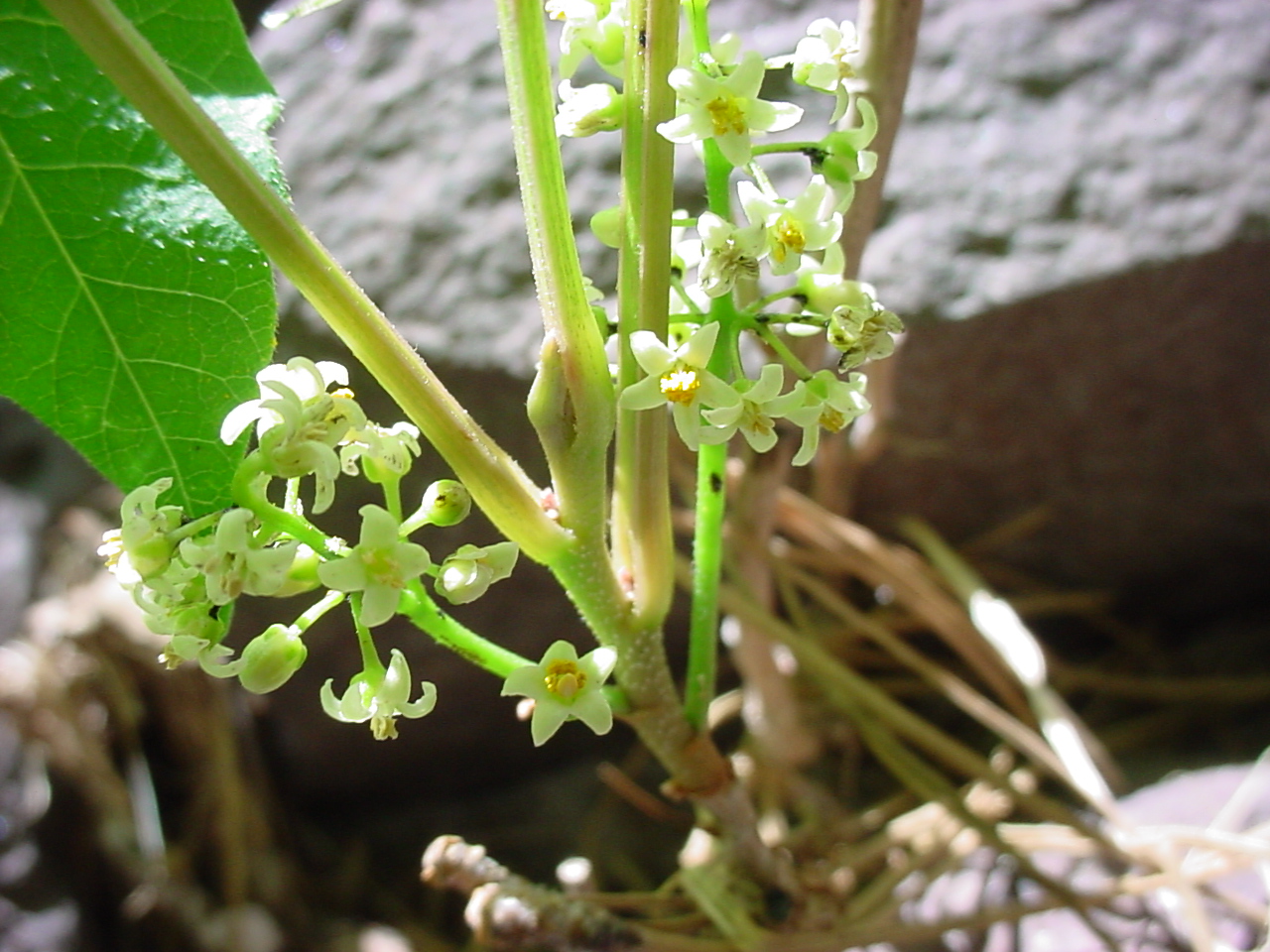
Poison ivy can assume different morphologies depending on its location. The viney growth pattern occurs as it grows over rocks. More commonly, it is erect and few-branched up to a few feet tall with trifoliate, shiny, dentate leaves. Large stands with this morphology occur along creeks and rivers in the area. The flowers are inconspicuous and are in small, axillary clusters. The fruit is a yellow drupe.
Most people have an allergic reaction to poison ivy, becoming sensitized by repeated exposure. The reaction is a contact dermatitis, with a severe form consisting of weeping, open blisters. The more severe reactions require treatment by a physician, while milder ones can be treated with over-the-counter medications. The offending agent in the plant is the chemical urushiol. The appearance of the rash may be delayed by a few days after exposure in some people so that it may be difficult to figure out the cause of the reaction.
*Description courtesy of Western New Mexico University's Vascular Plants of the Gila Wilderness.
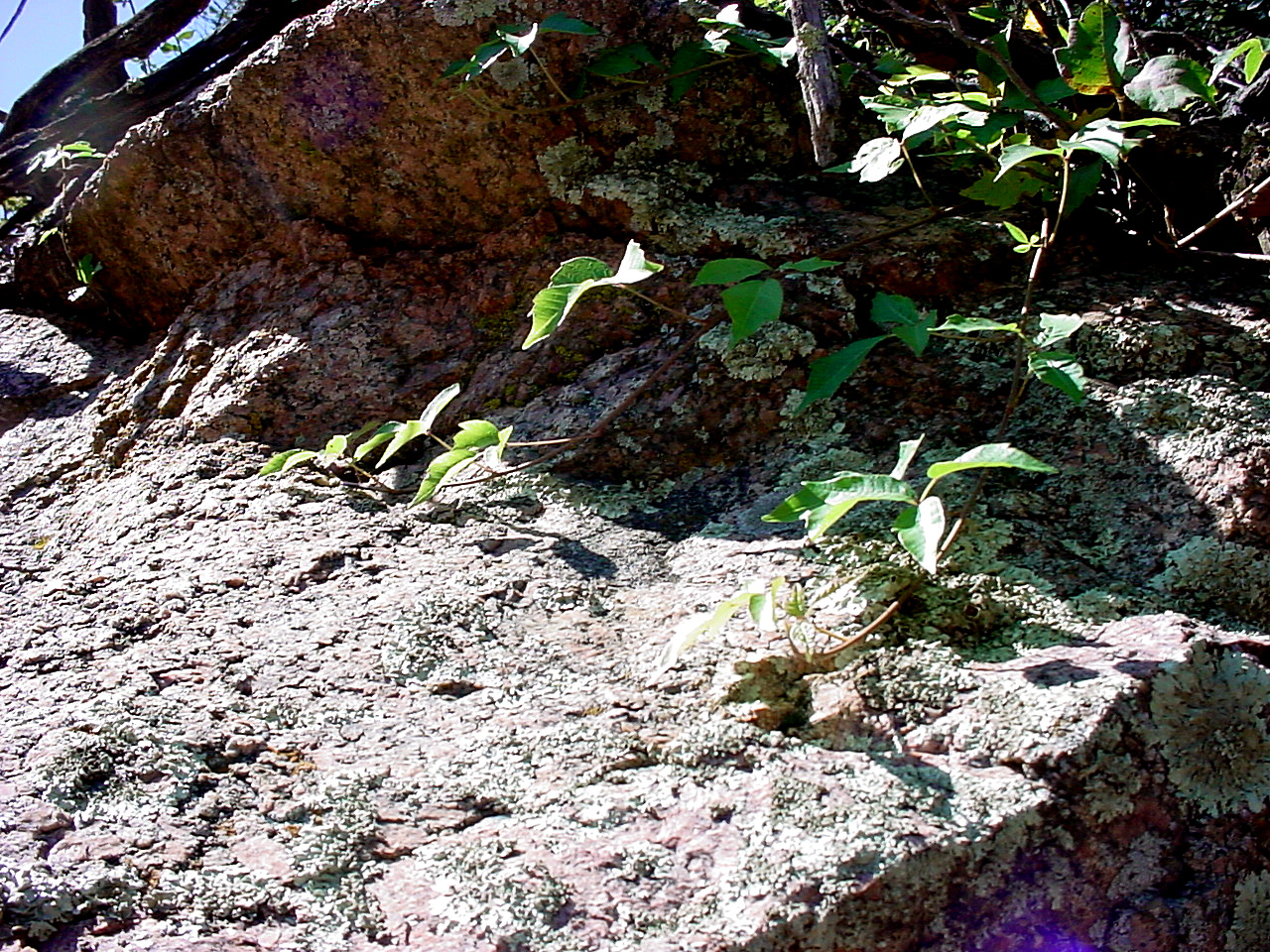
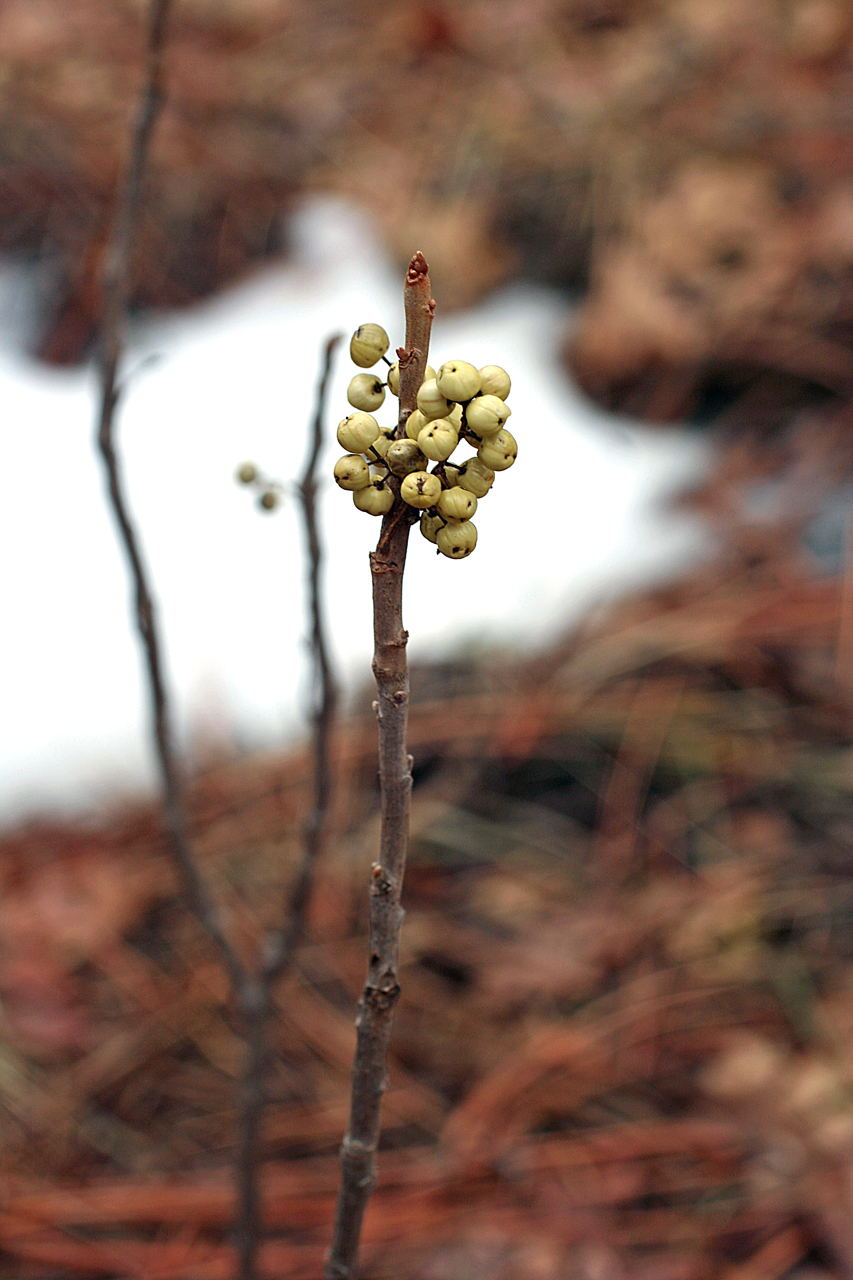
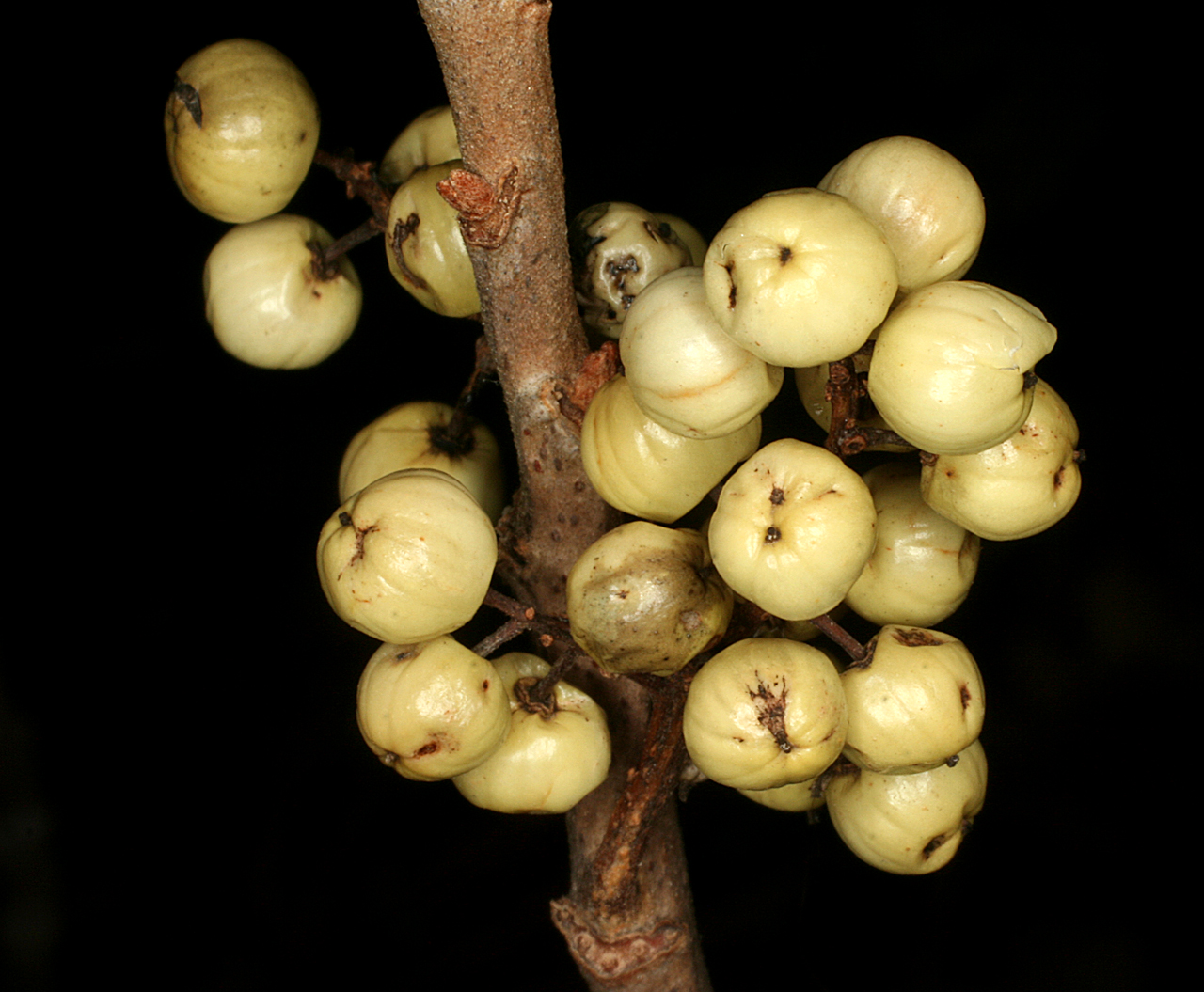
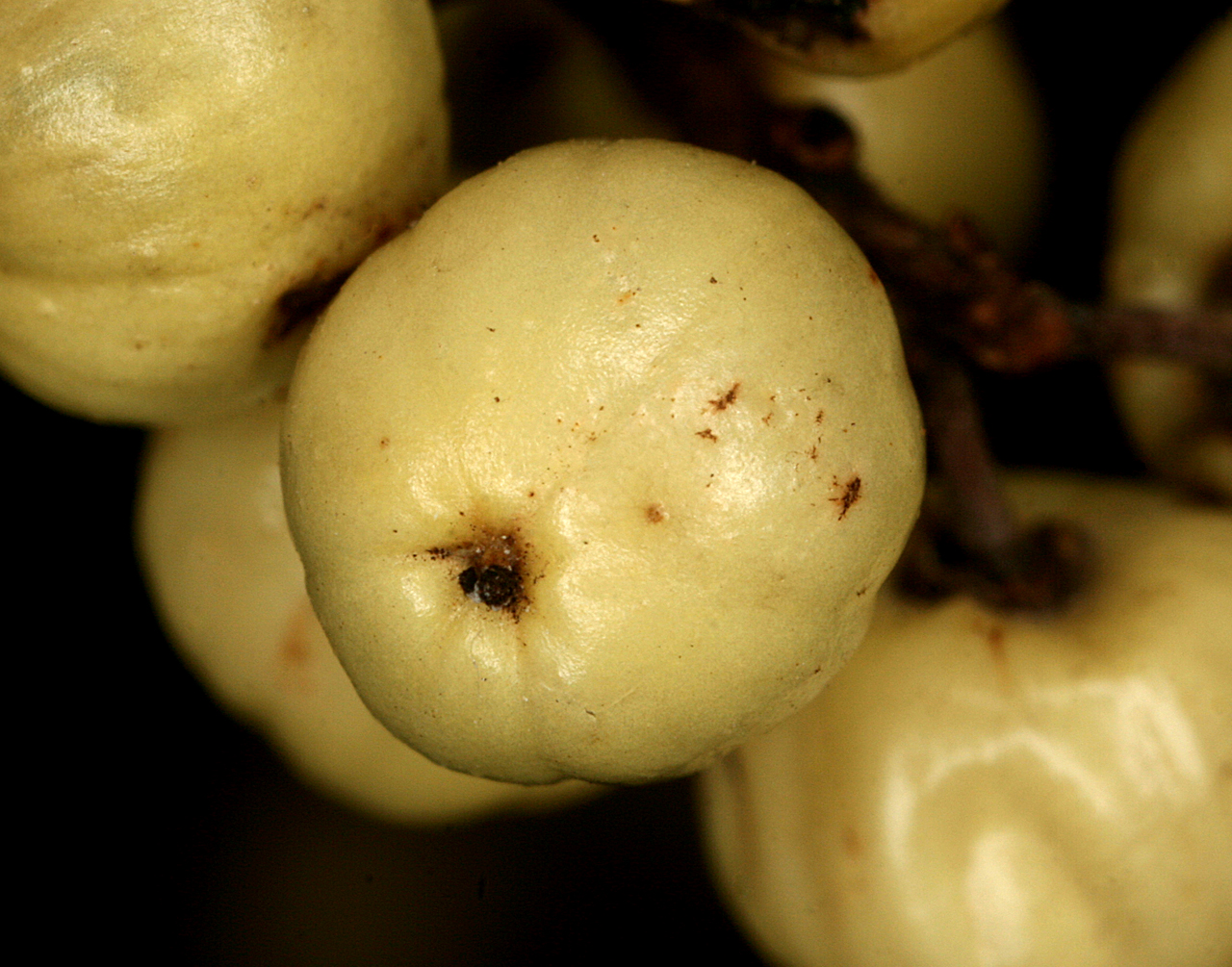
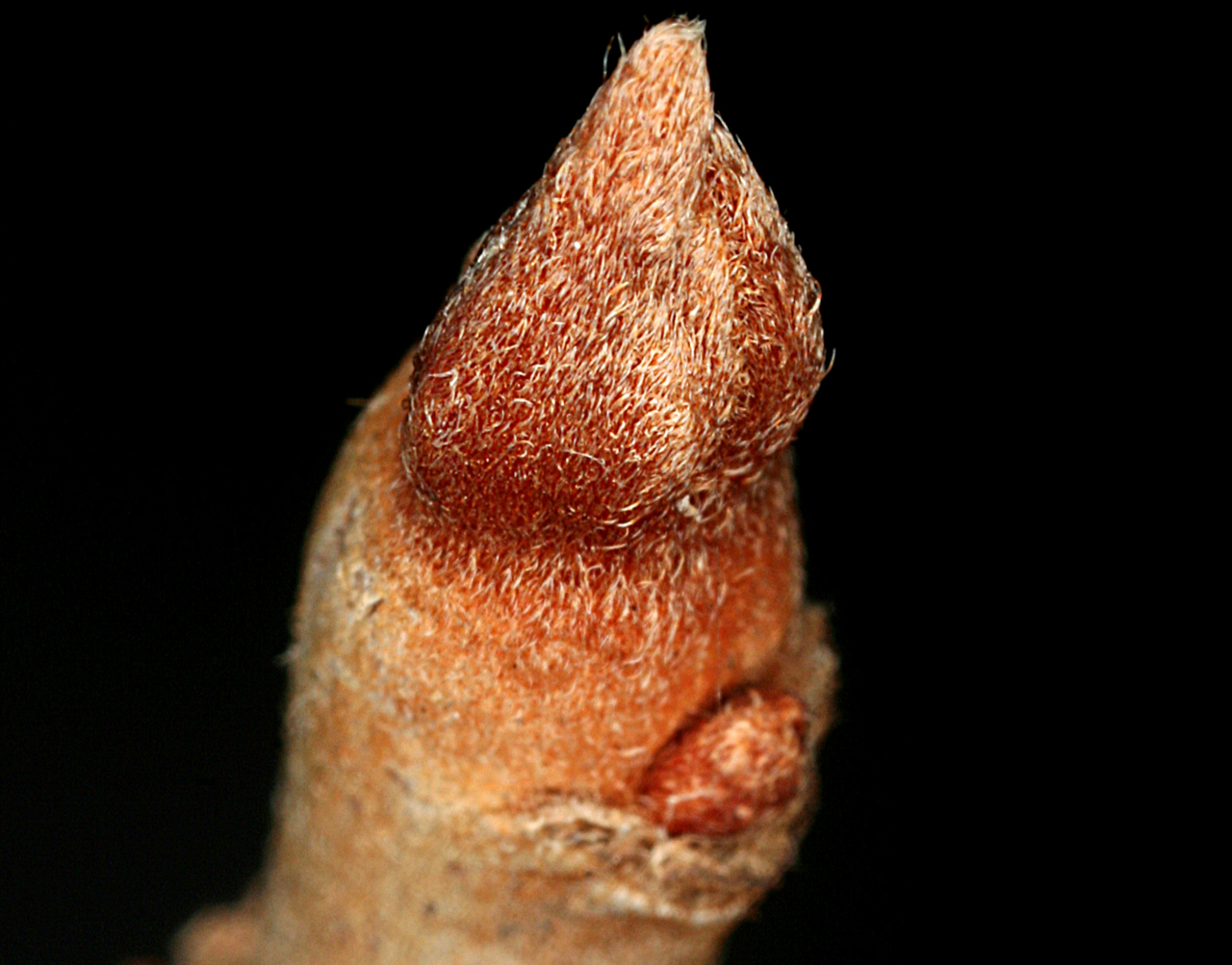
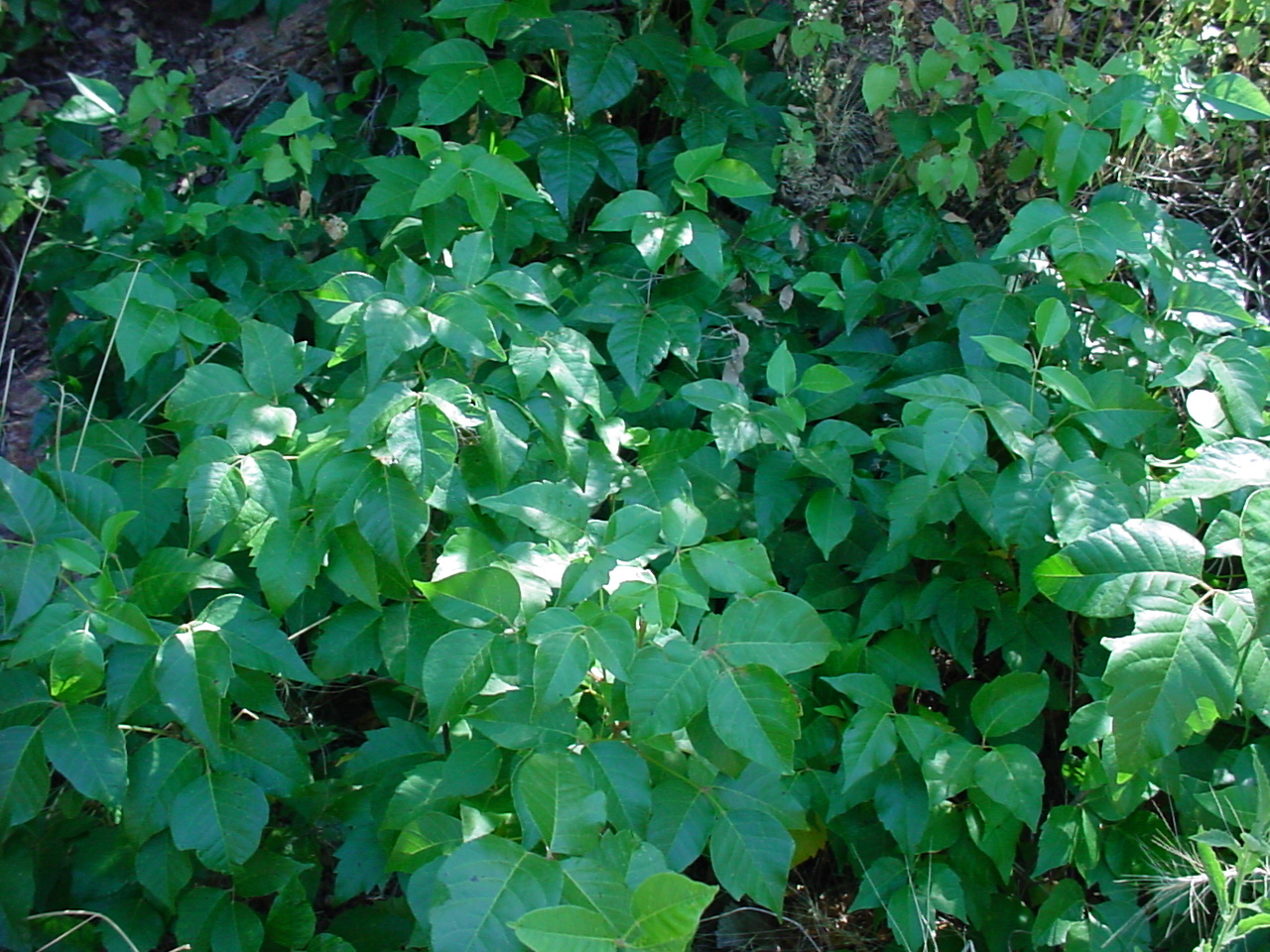
©2018 NMSU Board of Regents.
Individual photographers retain all rights to their images.
Partially funded by the
Western Sustainable
Agriculture Research and Education Program
(westernsare.org; 435.797.2257),
project EW15-023.
Programs and projects supported by Western SARE are
equally open to all people.